Unlocking Creativity: Top Scratux Alternatives for Visual Programming
Scratux, a commendable open-source project, has served as a vital bridge, providing Linux users with unofficial binaries of Scratch Desktop. It allows aspiring young programmers to dive into block-based visual programming, creating interactive stories, games, and animations without the hassle of compiling from source. However, as with any software, exploring a Scratux alternative can open up new possibilities, cater to specific needs, or introduce different learning environments. Whether you're seeking broader platform support, specialized features, or just a fresh perspective, several excellent options exist.
Top Scratux Alternatives
While Scratux has admirably filled a niche for Linux users, the world of visual programming is rich with powerful and user-friendly tools. Here are some of the best alternatives that offer similar, and in some cases, expanded capabilities for creative coding.
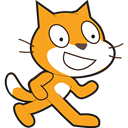
Scratch
Scratch is the official, widely recognized drag-and-drop visual programming language that Scratux aimed to provide for Linux. As a Scratux alternative, Scratch is a direct and superior choice for those seeking the original experience. It's free and open-source, available across Mac, Windows, Linux, and Web platforms. Its features include blocks, visual programming, 2D game creation, cross-platform compatibility, drag-n-drop functionality, and a kid-friendly interface, making it perfect for educational purposes.

Code.org
Code.org is a non-profit organization dedicated to making computer science accessible to all students. As a web-based and free Scratux alternative, it's an excellent choice for educational settings, offering structured courses and activities that utilize visual programming. Its focus on education and fullscreen support makes it an engaging platform for learning foundational coding concepts.
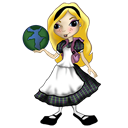
Alice
Alice is an innovative 3D programming environment that serves as a compelling Scratux alternative, especially for those interested in 3D animation and storytelling. It's free and available on Mac, Windows, and Linux. Alice stands out for its ability to easily create animations for stories, interactive games, or videos, making complex 3D concepts accessible through visual programming and an educational focus.
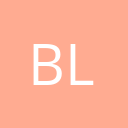
Blockly
Blockly, developed by Google, is a library for building visual programming editors, similar to the underlying technology behind Scratch. As a flexible and customizable Scratux alternative, it's free, open-source, and compatible with Mac, Windows, and Linux. It allows users to drag blocks together to build applications without typing, making it a powerful tool for developers looking to integrate visual coding into their own web-based projects.
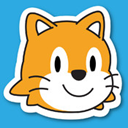
ScratchJr
For younger children (ages 5-7), ScratchJr is an ideal Scratux alternative. This free application, available on Android Tablet, iPad, and Chrome, simplifies the Scratch interface to introduce fundamental coding concepts. It empowers young learners to program their own interactive stories and games, fostering problem-solving skills and digital literacy at an early age.
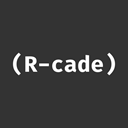
R-cade
R-cade offers a unique Scratux alternative for those interested in game development within the Racket programming language. It's a free and open-source game engine available for Windows, specifically designed for simplicity and educational purposes. While less visual than other alternatives, it provides a structured environment for learning game programming concepts.

MakeCode
Microsoft MakeCode is a free, open-source, and web-based platform that provides engaging computer science learning experiences. As a versatile Scratux alternative, it supports both block-based and JavaScript coding, making it suitable for a range of skill levels. Its focus on education and visual programming extends to various hardware projects, like the micro:bit, broadening its application beyond screen-based activities.
Ultimately, the best Scratux alternative depends on your specific goals and preferences. Whether you prioritize a direct replacement, a platform for younger learners, 3D capabilities, or integration with physical computing, this list offers a diverse range of excellent choices to continue your visual programming journey.